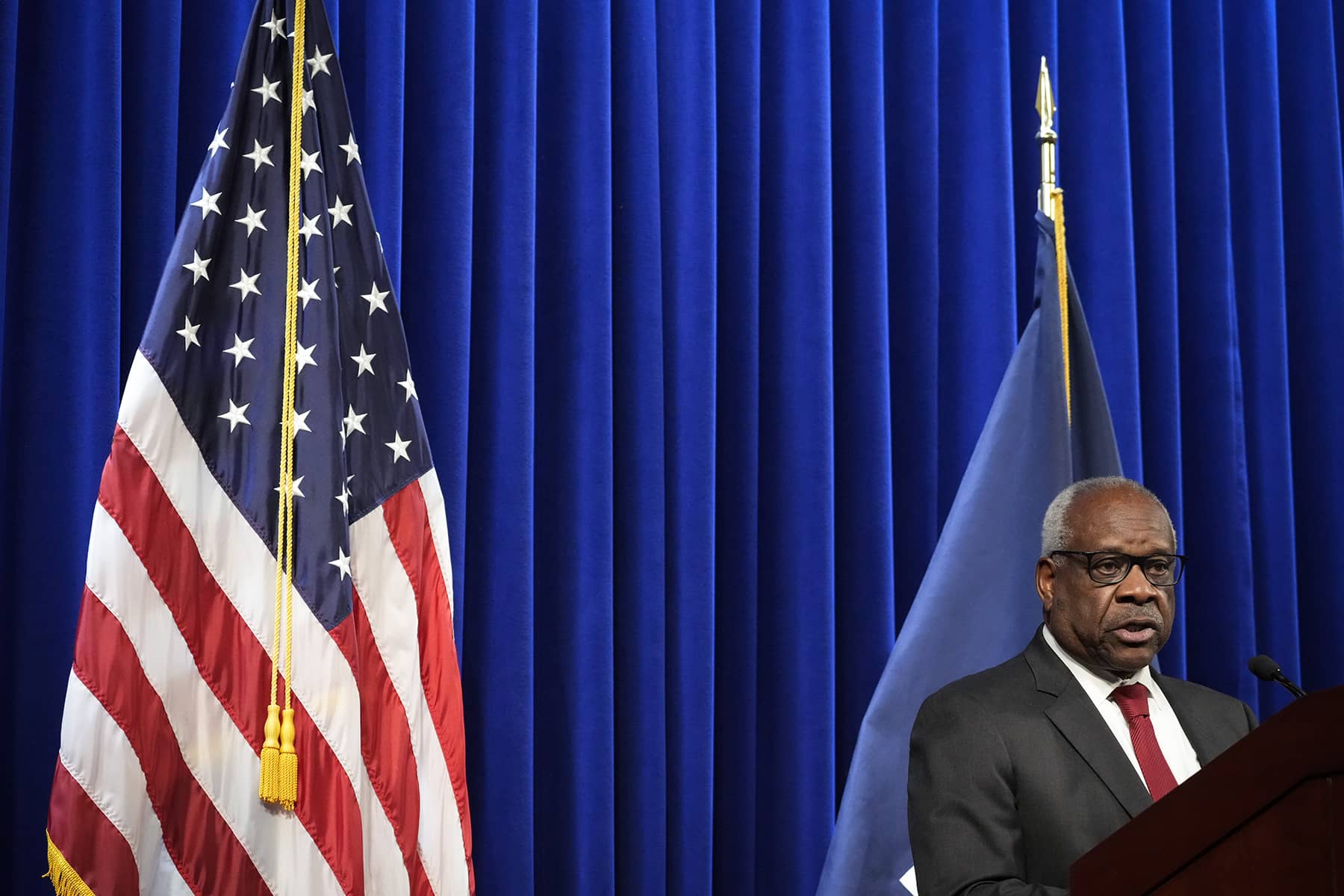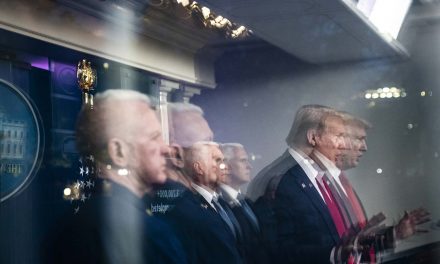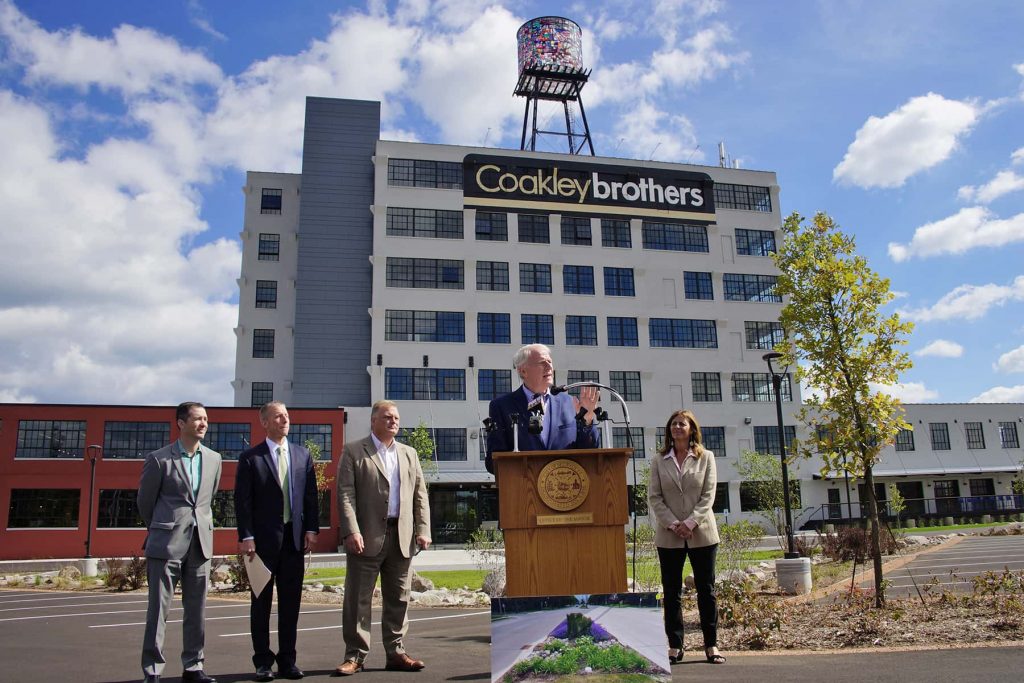
By Miguel Schor, Professor of Law and Associate Director of the Drake University Constitutional Law Center, Drake University; and Erin Lain, Associate Dean for Academic Affairs and Professor of Law, Drake University
The United States Supreme Court is deciding a pair of cases that could end affirmative action programs that consider race in college admissions.
Though the court is the most diverse in American history – with three justices of color and four women – the conservatives, who have historically opposed affirmative action programs, hold a 6-3 majority. And that majority has the power to ban the use of race when the court issues a decision in Students for Fair Admissions v. Harvard and Students for Fair Admissions v. University of North Carolina. A decision is expected in June 2023.
If the court were to ban affirmative action, the decision would be part of a larger, profound conservative transformation of constitutional law. The court, for example, demonstrated its willingness to reconsider landmark rulings when it overturned the 1973 abortion decision in Roe v. Wade.
Justice Clarence Thomas, a leading Black conservative, is a well-known opponent of affirmative action programs and recent decisions by the U.S. Supreme Court that allow the use of race as a factor in college admissions.
Thomas’ views are in stark contrast with those of the two other justices of color – Sonia Sotomayor, a Latina, and Ketanji Brown Jackson, a Black woman. As scholars of constitutional law and civil rights, we believe that the ideological disagreements among the justices of color reflect the national division over how to address the legacies of slavery, Jim Crow and modern-day inequalities.
Historical underpinnings of affirmative action
Following the Civil War, the nation grappled with building a multiracial democracy. Congress sought to construct that new democracy in part by enacting laws that provided race-conscious remedies.
In addition to enacting laws, the nation transformed the U.S. Constitution by adopting the Reconstruction Amendments. These amendments included the 13th Amendment, which ended slavery, and the 15th Amendment, which provides that the right to vote may not be denied or abridged on “account of race, color, or previous condition of servitude.”
But it was the the 14th Amendment that addressed discrimination against Black Americans by ensuring that no state may deprive any person “the equal protection of the laws.”
Written in broad, general language, the 14th Amendment’s equal protection clause was designed by the 39th Congress to open the door to different interpretations by future generations. Today’s arguments for and against affirmative action are based on differing interpretations of the meaning of the equal protection clause of the 14th Amendment.
Thomas’ opposition to affirmative action
In their suits against Harvard and UNC, the anti-affirmative action organization Students for Fair Admissions argues that schools’ race-conscious admissions process violates the constitutional guarantee of equal protection and discriminates against high-achieving Asian American students in favor of traditionally underrepresented Black and Hispanic people.
Thomas takes that argument a step further. He has argued that all racial classifications – regardless of their perceived benefit in remedying inequality – are harmful because they stigmatize minorities.
Race-conscious admissions policies, he wrote in his dissent of the 2003 Grutter v. Bollinger decision, “stamp minorities with a badge of inferiority.”
In addition, Thomas argued that university administrators lack a pressing or compelling reason to divide Americans into racial classes, since African Americans can and will succeed without this help.
“Our Constitution is color-blind, and neither knows nor tolerates classes among citizens,” Thomas concluded.
Thomas made another point in October 2022, during oral arguments in the affirmative action cases currently before the U.S. Supreme Court.
“I may be tone-deaf when it comes to all these other things that happen on campus, about feeling good and all that,” Thomas said to one of the attorneys defending affirmative action. “I’m really interested in a simple thing: What benefits academically are there to your definition or the diversity that you’re asserting?”
Sotomayor’s and Jackson’s support of affirmative action
Justice Sotomayor’s line of questioning during oral arguments in the cases against Harvard and UNC strongly suggest that she believes that diversity is constitutional.
Sotomayor, for example, pointed out that the 39th Congress that wrote the 14th Amendment invested “a lot of money in trying to get Black children, whether they were children of slaves or free slaves … educated in integrated schools.”
She emphasized in her questions that race is only one factor and is never a quota in either the UNC or Harvard admissions policies. Sotomayor also has said that she is the “product of affirmative action.”
Justice Jackson has not ruled or participated in an affirmative action case as a U.S. Supreme Court justice. She took office in June 2022, and the Harvard and UNC cases are her first opportunity to rule on this issue.
But her line of questioning during oral arguments in the Harvard and UNC cases suggests she also believes that race-based efforts to obtain diversity are constitutional.
Jackson asked attorneys representing Students for Fair Admissions if their client endured harm from an admissions process in which race was one of 40 factors that are considered. Other factors include demonstrated leadership skills, grade point average and resilience.
Ending affirmative action will not end diversity efforts
In the wake of protests after George Floyd’s murder in 2020 by a white Minneapolis police officer, most Americans see racism as a major problem. A 2020 Monmouth University poll found that 76% of Americans surveyed called racism a big problem, up 25% from just five years previously.
Yet, while many Americans think that racism is a problem, a majority of Americans also think that affirmative action is problematic. A 2022 Pew Research poll found that 73% responded that race or ethnicity should not be considered when making decisions about student admissions.
In our view, regardless of how the Supreme Court rules on affirmative action in these two cases, attempts to achieve a diverse student body or corporate workforce will continue – just in new ways. When California ended affirmative action, minority enrollment in state universities initially plummeted dramatically.
But in recent years, the California university system has increased minority enrollment by relying on socioeconomic factors, location and recruitment. Other state universities have adopted race-neutral programs that promote student diversity.
Texas, for example, enacted a law in 1998 that allows students who graduate in the top 10% of their high school class to automatically gain admission to state universities. This plan enhanced student diversity by ensuring that students in poor and ethnically diverse districts could gain admission to elite public universities.
Affirmative action and the legacy of Reconstruction
The idea that the Constitution is colorblind and prohibits racial classifications has become popular today, but it was not the mainstream understanding of equal protection in the 19th century.
In its 1954 Brown v. Board of Education decision, the Supreme Court conducted exhaustive historical research and pointed out that there was no consensus on whether segregation should be illegal in public schools when the 14th Amendment was adopted.
Disagreements over the equal protection clause are sure to continue, regardless of what the Supreme Court decides in the Harvard and UNC cases – as will the nation’s efforts to construct a just, multiracial democracy.
Drеw Аngеrеr
Originally published on The Conversation as A diverse Supreme Court grapples with affirmative action, with its justices of color split sharply on the meaning of ‘equal protection’
Support evidence-based journalism with a tax-deductible donation today, make a contribution to The Conversation.














